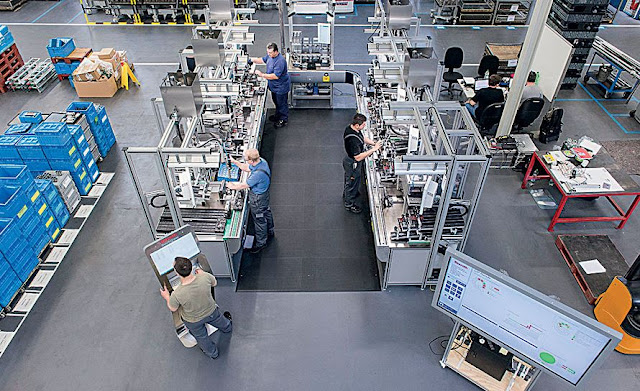Dynamics 365 Finance & Operations: Tracking Vendor Changes without Losing Your Mind

Slated in the 10.0.32 version of Dynamics 365 Finance & Operations, Microsoft has introduced a new feature that allows for workflow approval of changes to vendor bank account information. This feature is designed to address concerns related to segregation of duty, which is an important concept in financial and accounting systems. Segregation of duty is the practice of separating responsibilities for different stages of a financial transaction to prevent fraud or errors. This means that different individuals should be responsible for initiating, authorizing, and recording financial transactions. By implementing workflows for vendor bank account changes, Dynamics 365 Finance & Operations is helping to ensure that these transactions are properly authorized. In the past, it was common for employees to be able to make changes to vendor bank account informa...



